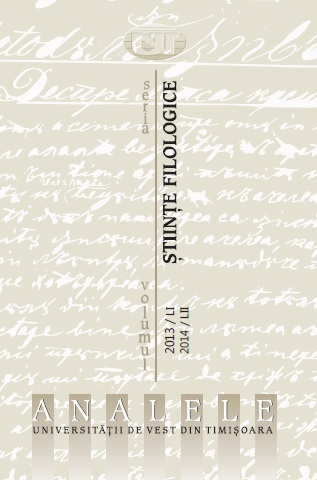Tabellarium sau valoarea sintezei în predarea limbilor străine. Un studiu comparativ român-german
Grammar Tables or the Significance of Synthesis in Teaching Foreign Languages. A Comparative Study (Romanian – German)
Author(s): Daniela KohnSubject(s): Language and Literature Studies
Published by: Editura Universităţii de Vest din Timişoara
Keywords: Common European Framework of Reference for Languages; grammar table; Romanian; German; language assessment; textbook development
Summary/Abstract: The tables in grammar compendiums fully achieved their purpose of providing information about the forms of a language. Irrespective of their layout, the person consulting them had the key to their reading. Not only native speakers, but also former learners of foreign languages (see the grammar-translation method) highly appreciated comprehensive tables and did not find impediments in their organisation. The shift of emphasis in teaching foreign languages, made official in 2001 by the issuing of the Common European Reference Framework for Languages, imposes, in order to reach the established objectives as quickly as possible, a “surgical” intervention in foreign language textbooks, which concerns the presentation of grammar tables as well. The fact that some of the conclusions reached in time by methodologists have been taken over by grammarians and included in the newly elaborated grammar compendiums is worthy of appreciation. The two ordering changes discussed in our study – the presentation of case and gender forms – with the same solutions, although they refer to different languages (Romanian and German) and have different motivations, are met – when they appear in course books – both by DAF (German as a foreign language/Deutsch als Fremdsprache) and by RLS (Romanian as a foreign language/româna ca limbă străină) learners, as a new normality.
Journal: Analele Universităţii de Vest din Timişoara.Seria ştiinţe filologice
- Issue Year: 2013
- Issue No: 51-52
- Page Range: 101-109
- Page Count: 9
- Language: Romanian

